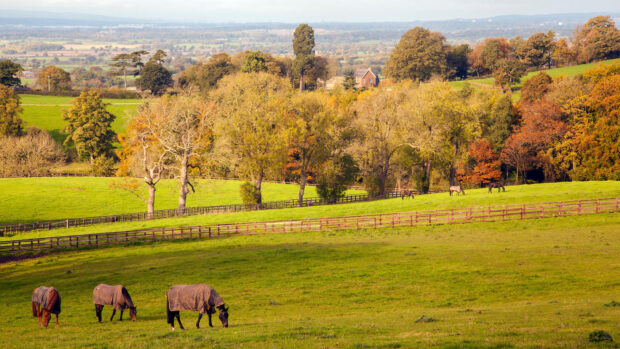Read more about grass sickness
The bacteria Clostridium botulinum has been linked to equine grass sickness (EGS), but exactly what triggers the severe infestations has remained unclear — until now.
Researchers at the School of Pharmacy, University of London, have recently completed a study on EGS and its results make for interesting reading.
Between March 2007 and September 2008, soil, plant, and water samples from a total of 23 EGS sites and 11 control sites were studied and metal and non-metal element levels in the soil and herbage samples were assessed.
The results showed that EGS sites had higher levels of soil nitrogen, and higher levels of iron, lead, arsenic and chromium in the herbage.
Buttercups were found in this study at every EGS site.
The significantly higher levels of these elements growing in EGS sites suggest that previously unknown triggers are involved in causing the disease.
At the beginning of October this year, the Animal Health Trust announced that it had appointed Jo Ireland MRCVS as grass sickness research co-ordinator.
Jo will be responsible for co-ordinating an EGS botulinium vaccine field trial alongside the universities of Edinburgh and Liverpool.
She will also work with the Veterinary Medicines Directive and the manufacturer of a botulinum vaccine in preparing a licence for the product and a protocol for a proposed field trial.
For the full article on diseases in the ground, see the current issue of Horse & Hound, 11 November ’10



